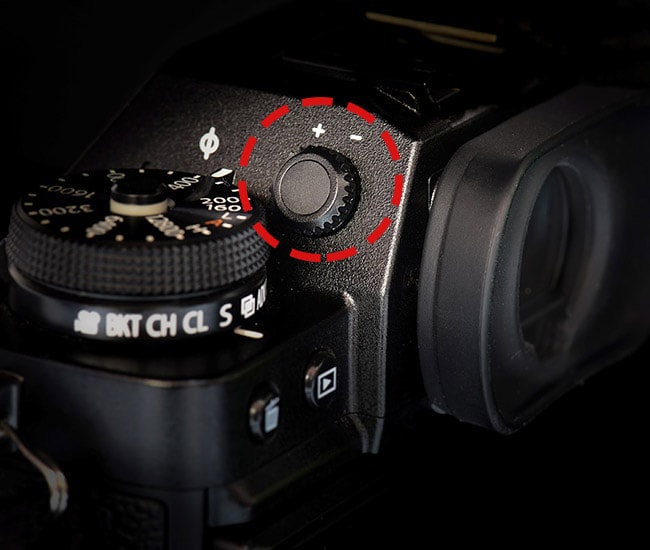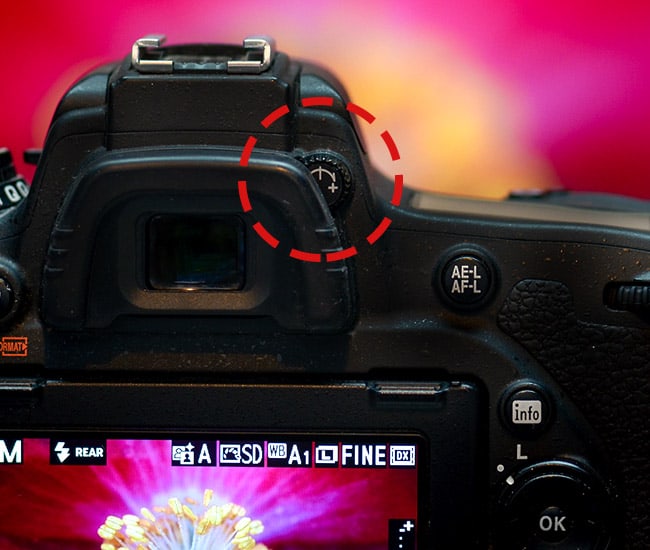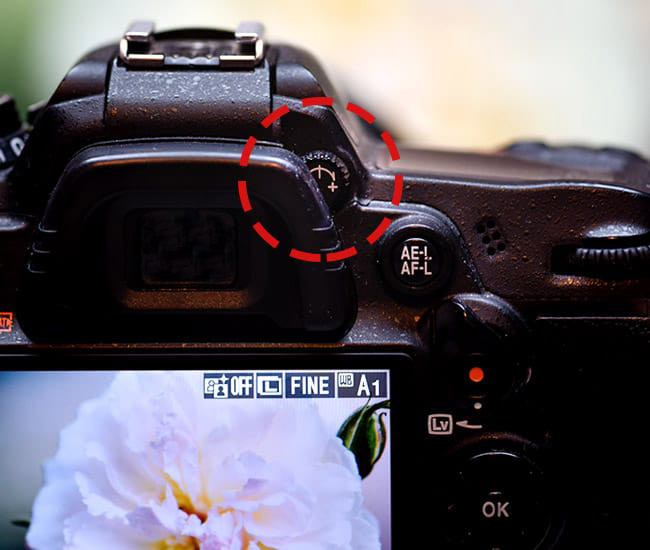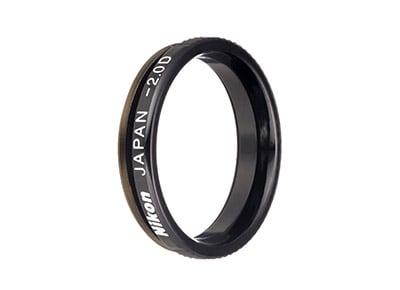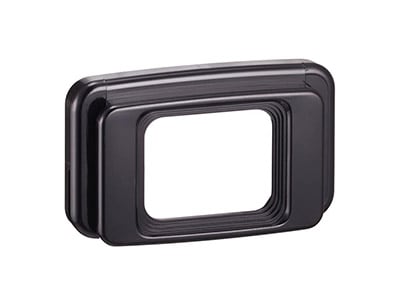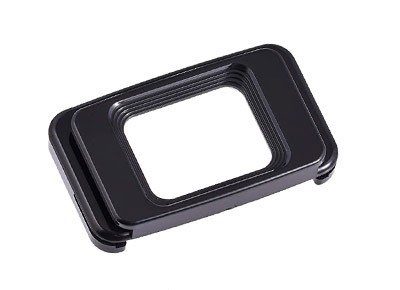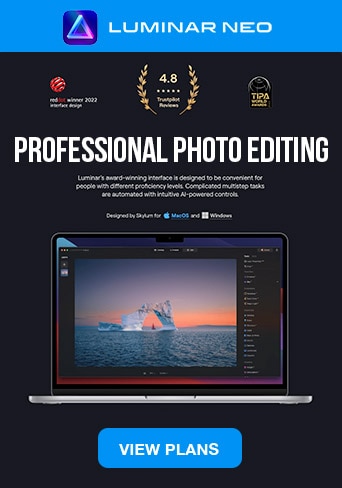The camera diopter adjustment is quick and easy, hugely beneficial, but so often overlooked by photography enthusiasts who just bought their cameras.
Getting your exposure right is essential, for technical or creative reasons, but getting your focus spot on – is crucial! There is nothing more disappointing than coming home from a trip, hoping for the best, only to see all these fantastic pictures ruined by missed focus…
Exposure can be easily fixed in any software in a matter of seconds. Just use the exposure slider in Lightroom, left to tone down blown highlights, or right to reveal details hidden in the shadows.
Correcting focus – impossible.
Thus, I think it is the most important that what we see in the camera viewfinder is razor-sharp. It will it help you to see better, fix some of your focusing issues, and make the whole photographic experience more enjoyable and rewarding.
What is a diopter? And what does a diopter do in photography?
In optics a dioptre or diopter is a unit of measurement of the optical power of a lens or curved mirror.
Many modern cameras feature a built-in adjustable diopter correction system that controls the sharpness of the viewfinder.
If you are one of the photographers who keep their glasses on while shooting, you will find this feature extremely useful.
When you calibrate the diopter to suit your eyesight, it will imitate the effect of wearing “contact lenses”. No longer you will have to wear glasses to take pictures nor experience the discomfort when your glasses push against the eyepiece.
And it is going to be your best friend for manual focus too.
BEFORE
AFTER
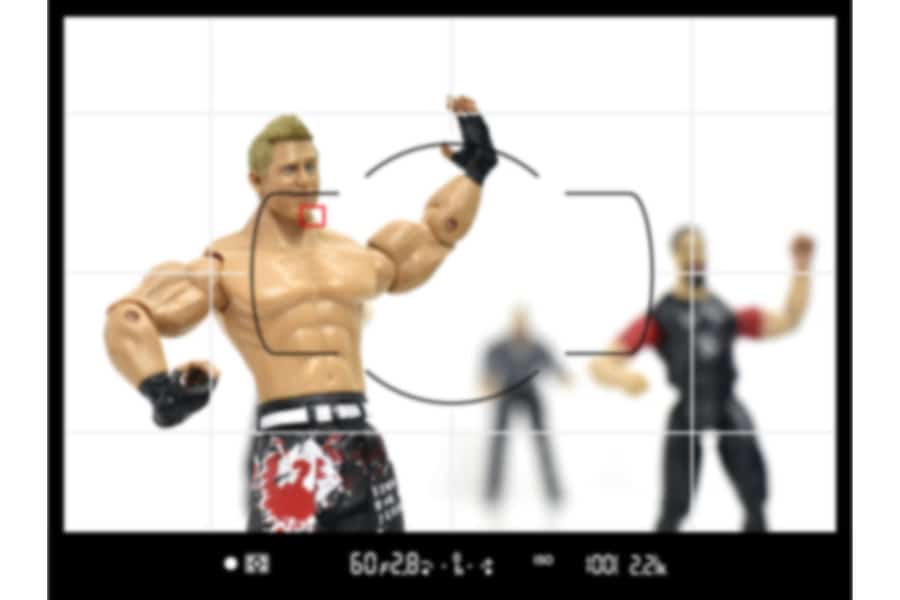
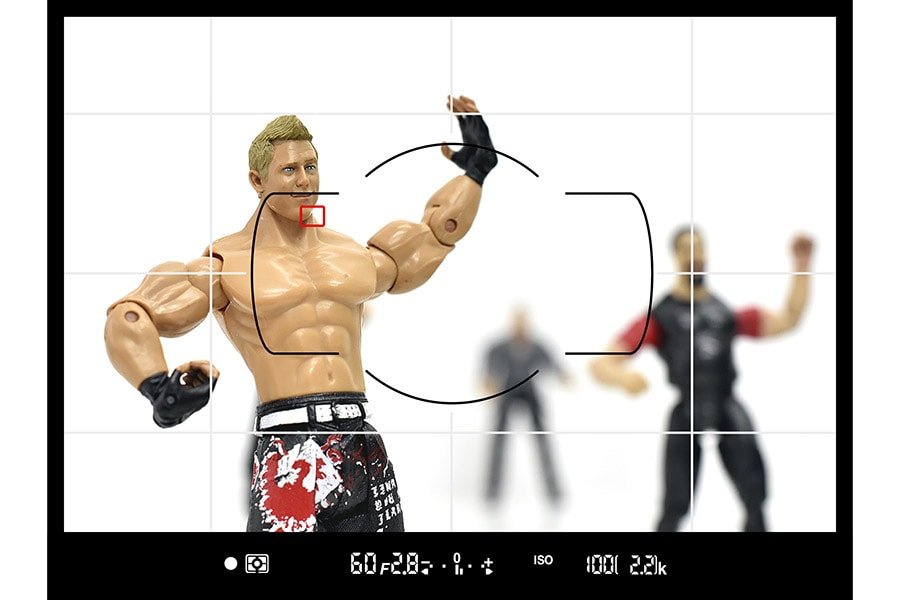
Where do I find on my camera the diopter adjustment dial?
Most of the DSLR cameras from Nikon, Canon, Sony, Pentax, will have the adjustment switch next to the viewfinder (left or right side) in the form of a small round dial with +/- signs.
If you have a bridge or a mirrorless camera system and you don’t see it there, check below the viewfinder. That is the case for Canon EOS M50, as the dioptric adjustment knob hides underneath the eyepiece.
If you are a proud owner of Nikon D800, D810, D850 or some other high-end Nikon models you might find yourself with a different problem. The round dial is there – but it doesn’t move. In some cameras to be able to use it, you have to pull the dial out a little. It is a lock design to prevent the movement of the knob by accident.
You will also find the same locking mechanism on some Fujifilm cameras, like the X-T3.
And, if you have Canon EOS 4000D / EOS 3000D / EOS Rebel T100, I am sorry to be the bearer of bad news, but please stop looking for it. For some reason (probably to cut the costs) Canon decided to remove built-in adjustable diopter correction system altogether. The only way is to purchase and attach a viewfinder correction lens.
How do I adjust my camera diopter?
The diopter adjustment is a pretty straightforward procedure.
When you find the adjustment dial, follow the steps below:
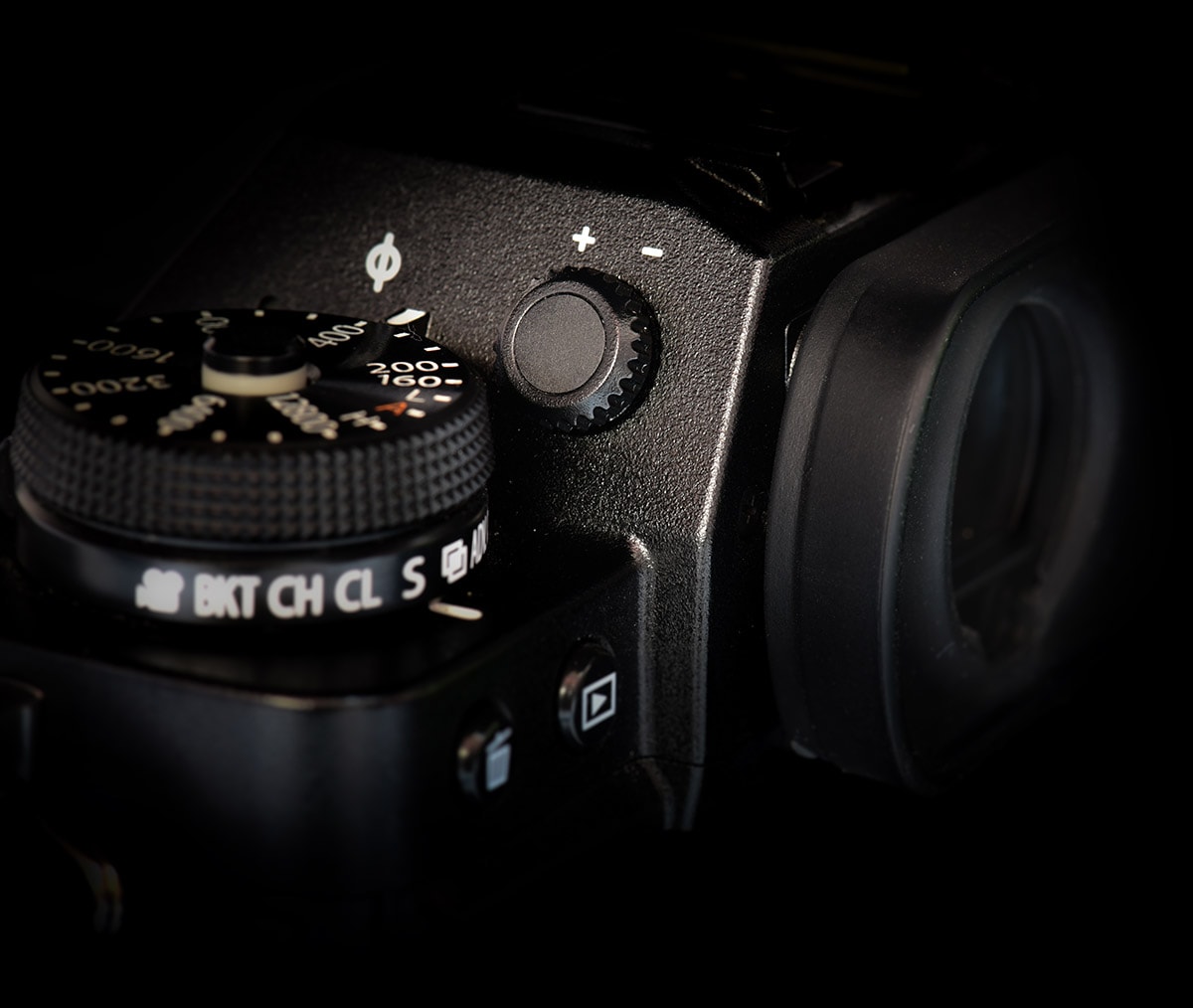
Please note:
Some photographers recommend looking at the focusing points instead of the numbers. I don't think this is the wrong way to adjust the diopter, but certainly not the easiest.
It may work for some high-end cameras that display focus points as large black rectangles in the middle of the screen, like on my Nikon D750. But many cameras only show a fainted thin outline of that rectangle. Or even worse a small red dot, like on the Nikon 3000 range, Canon EOS 550d, 600d and many others.
Please don’t make it more difficult for yourself. Just look at the numbers instead. They will appear big, in white or lime green colour, and are easier to see and to fine-tune.
Does diopter affect my camera focus?
The diopter adjustment knob only controls the clarity of the viewfinder display. Diopter does not change or affect in any way the focusing system of the camera or lens.
So, even if your viewfinder looks a little bit soft – knob could get knocked off . As long as you are using your camera on autofocus, and you move the focus point over your subject, in theory when you take a picture, it still should be sharp.
In theory, because there are other factors at play that can make your pictures blurry, like slow shutter speed and camera shake, subject movement, or super wide aperture.
I use my camera on autofocus 95% of the time. It is super fast and super accurate. Nikon on AF-S or AF-C, Canon on One Shot or AI Servo. But I know from experience that unfortunately, in some tricky situations it will fail. Low contrast, night, rain, fog, fire, snow, to name a few. And then the only way to take a photo is to switch to MF – manual focus. To use it, you will have to rotate the focusing ring on your lens and judge the distance – how sharp is your subject – with your own eyes.
Well, if your diopter is off, you know what is going to happen… Missed focus = blurry picture.
I tried the camera diopter adjustment, but it didn’t help, should I wear glasses when taking photos?
Ok, so I wear glasses, I have myopia, short-sightedness, I don’t see things in the distance. But I am “lucky” because my right eye is only -1.5, and a lot of the cameras adjustable diopter correction systems are able to correct vision from -2 to +2.
But if you already tried fine-tuning your viewfinder without success, you can buy round viewfinder correction lenses or rectangular eyepiece for Nikon, Canon, Sony, Fujifilm, Panasonic, Leica and many more. And these are produced in a variety of strengths like +1, +2, -3, -4, -5.
Hopefully one of these will allow you to optimise your digital camera viewfinder’s sharpness to your eyesight.
I’ve put below a few links to the most popular on Amazon.co.uk and WexPhotoVideo, but you can also order them at Amazon.com, B&H.
Why is it blurry when I look through my camera?
When I hear this question, it always brings a memory of a funny episode that happened a few years ago and prompted me to include a slide about diopter adjustment in the course notes I send to the students.
Before I start my online beginners photography classes, I always ask participants to tell me about their interest in photography. How well do they know their cameras, and if they are looking to learn anything in particular or maybe a special technique.
Most of the time, people say that they like to take better portraits and improve on family holiday pictures. Nature, landscapes, street, night photography, learn how to photograph the Milky Way or Northern Lights.
Caroline said that she is soon travelling to South Africa for a safari.
It was a great group, very enthusiastic and the course went well. Everyone went home really happy and promised from now on to take pictures only on manual. Hurray!
So few weeks passed, and out of the blue, I received a phone call from Caroline.
“I think I broke my camera, everything I see is blurry…”
When I heard the word “blurry”, the first thing that came to my mind was that the picture itself was blurry.
So we talked about the slow shutter speeds. We checked that the lens is not on manual focus. No visible damage to the camera or lens. Everything seemed fine.
I was trying hard to figure out what is happening, so I asked Caroline to describe these blurry pictures. But she replied that she actually did not take any. She thought that if what she seeing in the viewfinder is blurry – the photo will also be blurry.
Camera diopter adjustment dial…
It was as simple as this. I think when Caroline was taking the camera out of her bag, the dial must have moved. And yes, all she could see was a “blurry picture”. I will never forget this. And probably will she.
If something like this happens to you, or if a friend returns a camera with a “soft” looking viewfinder, please don’t get stressed just yet, check your camera diopter adjustment dial before sending off your gear for a repair.
Ok, I hope this helped you and solved the mystery of a blurry viewfinder or a missed focus.
Let me know in the comments if this worked!

